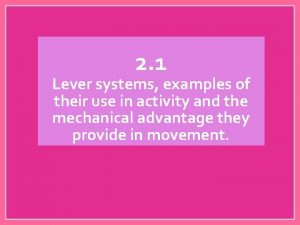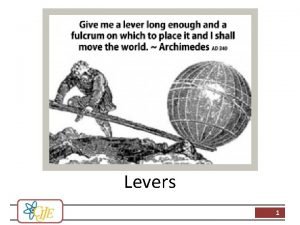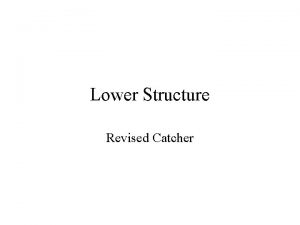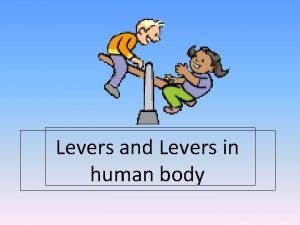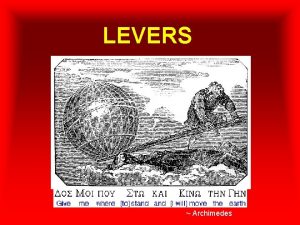Lower Structure Revised Catcher Catcher Mechanism The lever









- Slides: 9

Lower Structure Revised Catcher

Catcher

Mechanism The lever arm is adjusted so that the clamp is at its full height above the mass. An Allen key is then inserted into the clearance hole indicated, and a grub screw is tightened, which clamps the catcher jaw (shown in pink) in position above the mass.

Actuator shaft The actuator shaft going through the middle of the mechanism is made in two parts (marked 1 and 2, and shown with hidden line detail for clarity). When the shaft has been clamped in place, as preciously described, the holes marked “ 3” line up. An Allen key can be inserted here and a grub screw released, in order to release the two parts of the actuator shaft from each other. This gives two independent assemblies.

Top clamp preparation The extension handle (shown in orange) can now be removed, and the actuator shaft extended to its full height.

Top Clamp Removal The lock screw indicated can be loosened off, and the top part of the catcher clamp system slid out through the “draw like” sliders

Lower clamp removal The keep plate (indicated) can now be removed, leaving the lower part of the clamp free passage to slide out of the structure

Lower Clamp removal The lower clamp can now be removed

Summary • • • The position of the cross member in the lower structure has been a problem, which has hindered a simpler sliding design, such as was used for the cams used previously. This has prompted the clamp to be designed in two parts. The clamp is at present a design idea only, and considerable changes would need to be made to the design, with regard to light weighting etc. The actual mechanism however has been fully thought through, and I believe it would work. Another suggestion for the design of the catcher involves using actuators for the clamp instead of a manual clamp. Having spoken to one manufacturer there has been some concern expressed about the force accuracy and resolution that we are going to need. A suitable motor will have a torque ripple of 5% and when we add the mechanical errors in the couplings etc. the actual control of force could be quite poor.
